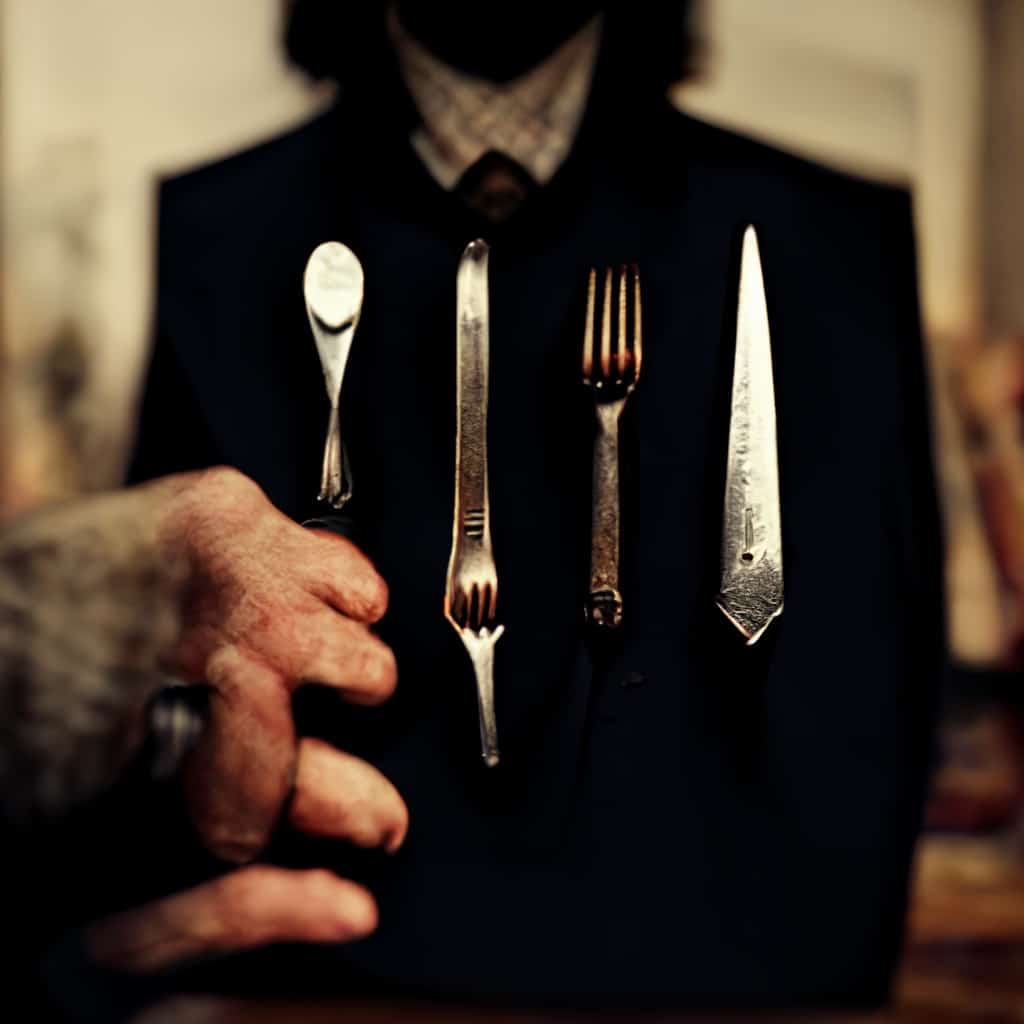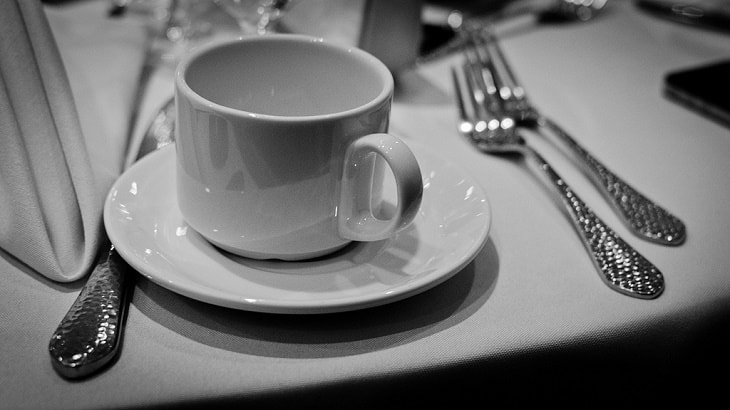Sadly the use of proper silverware and placement has gone out the window in recent decades. It’s not unusual to see a dinner table with just the necessary items and nothing more. Whether that’s a fork and a knife or just a spoon, this is sad because the silverware placement and use of proper silverware can be fun, but it also comes in handy when you’re somewhere a bit more formal.

Along with these habits, silverware etiquette has also fallen by the wayside. It seems like children these days are no longer being taught how they should eat properly, and even if you don’t do this in your own home daily, these are skills that will come in handy later in life for any more formal event. These are the top silverware etiquette tips that everyone should know.
What’s the proper etiquette for using silverware at the dinner table?
When it comes to silverware etiquette, there are a few things you should keep in mind:
Silverware Placement Resting Position
It’s normal to put your silverware down briefly during a meal, whether it’s because you need a rest or just chatting with the person next to you. However, placing your fork and knife down any old place won’t do. Instead, place them parallel to the plate, with the fork on the left side and knife on the right, with the fork times facing up.
Signal That You’re Done
Apart from being able to properly signal that you’re done, knowing how to do this is equally important, so a waiter doesn’t think you are done and takes your plate when you are not because you accidentally did it. To signal that you’re finished, place your fork and knife together and parallel to the plate at 11 o’clock, with the fork tined up.
Start From the Outside And Work In
Silverware placement has a reason, and each utensil should be used for its specific purpose, and nothing more and nothing. Although a typical place setting will have two forks, two knives, and two spoons, a good rule of thumb is to always start from the outside and work your way in. The utensil the farthest from the place is where you should begin.
For example, the salad/appetizer comes. You take the fork and the knife the furthest from the plate and use those first. Then, when the main meal arrives, you use the fork and knife closest to the plate.
Wrapping up
It’s ok not to employ these bits of etiquette if you’re just in your own home and you don’t want to, but they’re essential skills to know because you never know when you may find yourself in a situation where you’re expected to, and you don’t want to look clueless. They’re easy to incorporate and to remember if you put in a little effort.

